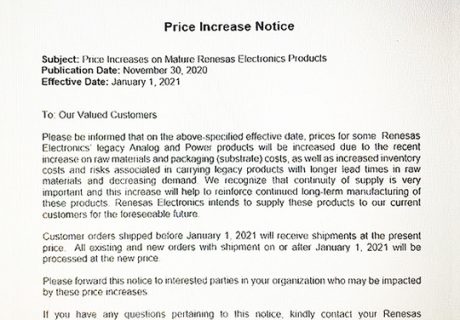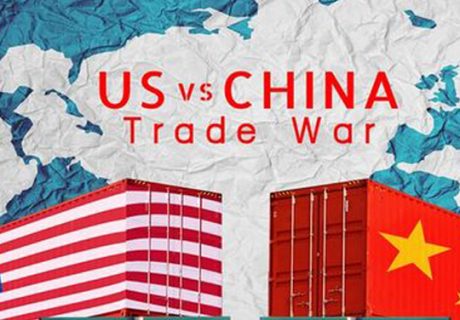ZTE’s final penalty payment to the U.S. should have paved the way for a MOFCOM approval for Qualcomm’s buyout of NXP Semiconductor. But NXPI stock is languishing. Why are markets treating the deal as over?

Qualcomm announced its planned takeover of NXP Semiconductors in Oct. 2016, but the chipmaker has faced an uphill battle in getting the deal approved. NXP’s investors balked at Qualcomm’s initial bid, lawsuits from OEMs and regulators raised antitrust concerns, and the deal became a bargaining chip in trade talks between the U.S. and China.
Qualcomm said that it will extend the offer until July 26 after which it will likely abandon the deal and pay a $2-billion breakup fee. The original line of thought was that China held back approving the NXP Semi buyout until the ZTE block was lifted. Yet NXPI stock ended the weak at $107.52, far from the $127.50 buyout.
If the deal falls through, NXPI stock could trade into the $90 – $95 range. When Applied Materials with Tokyo Electron failed, AMAT stock fell sharply. In the months that followed, investors recouped those losses and ended up ahead.
The same may be said for NXP Semi. It gains $2 billion on its balance sheet and may use the proceeds to make acquisitions, spend it on R&D or buyback its inexpensive shares.
Qualcomm shares are holding up well despite the unknowns with the deal. Whether or not the deal is completed, Qualcomm’s 16.7x forward P/E suggests the stock is still a value play.
Qualcomm is a long-term growth play if it partners up with NXP Semiconductors. But if the deal is unfortunately caught up in the tariff trade war between the U.S. and China, Qualcomm and NXP semi will have to forge their separate paths.


















